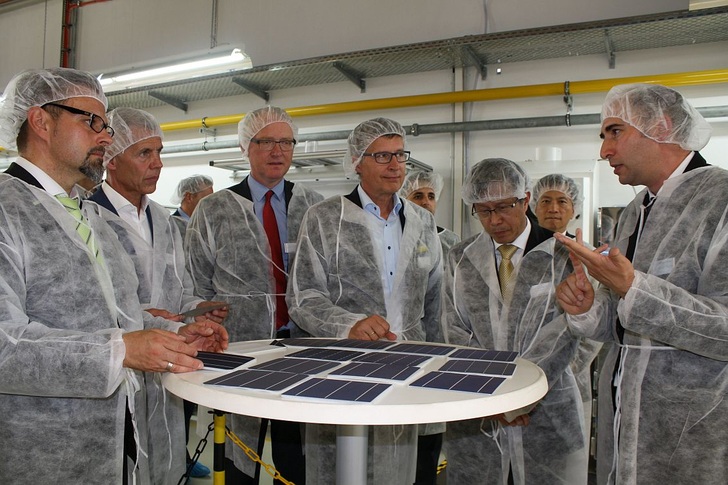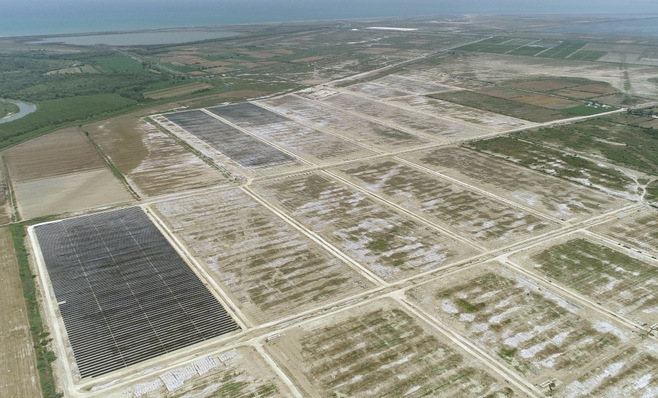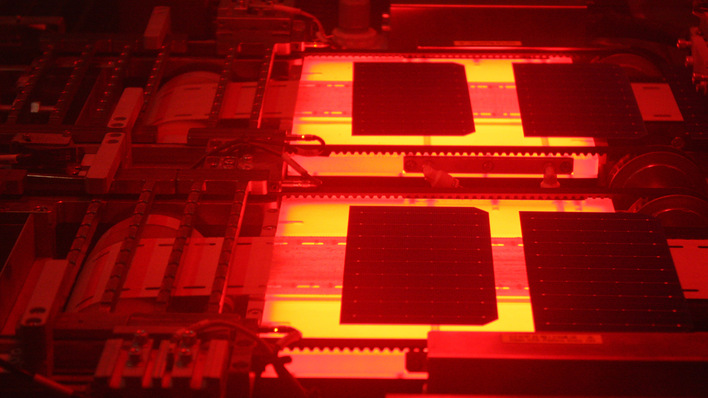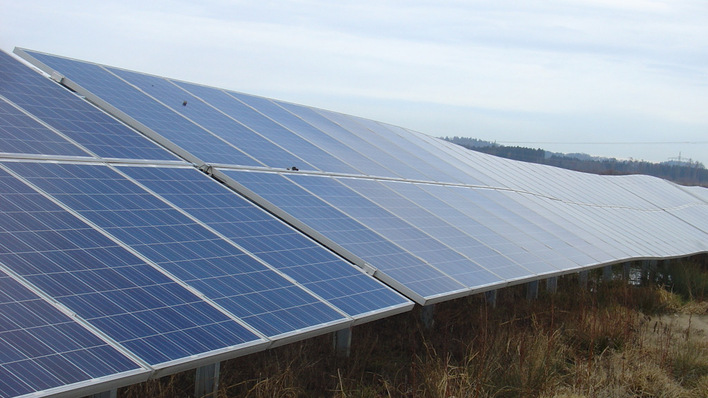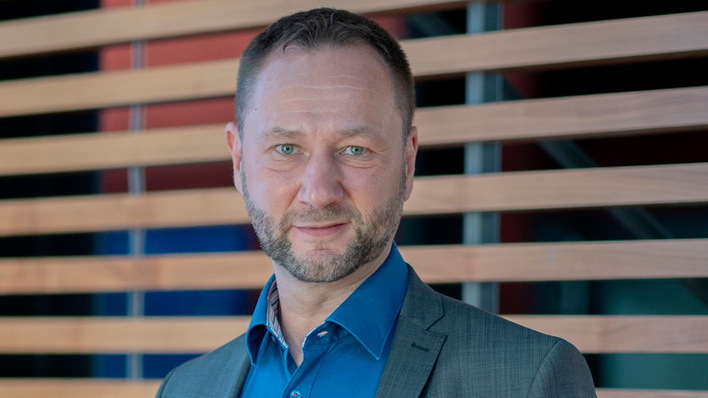Keep up with our latest news, register for our newsletter here.
In recent weeks, prices for solar panels using Chinese components have started coming down – in spite of customs duties that were meant to act as a barrier to the European market. The reason: Large Chinese manufacturers such as Trina Solar, Ja Solar or Jinko have thrown off the shackles, and are now producing their cells and panels outside of China in order to circumvent customs duties. End of the story.
Installing companies can rejoice
Once again, they have taken after the German panel manufacturers, who have been offering their products at below minimum prices for some time. Now, manufacturers from Asia, America and emerging markets are putting enormous amounts of panels onto the European Market. On top of that, weak demand results in the price of high-end solar panels falling below 42 cents per watt in October. “By the beginning of 2017, we will see prices in the 30s,” an installing company based in the Rhineland is pleased to predict. “Prices like that work to our advantage: They increase both the return for our customers and our profit margin.”
Whether such minimum duties still make sense or not, is only a theoretical matter: The international markets for solar panels, rather than the EU Commission in Brussels, now determine the prices. The gloves have come off, so if the customs duties are extended next March, or not, will make little difference.
Aleo is restarting cell manufacture
Now only time will tell who will be able to survive in the solar panel market. For example: Prenzlau-based Aleo Solar has been struggling with the crisis for years, but now this manufacturer of solar panels is slowly gaining ground in the market. Nine months after making the announcement, Aleo Solar has recently started manufacturing cells, under the label Aleo Sunrise. In the future, they are planning to not just assemble panels, but develop their own cell technology. Aleo Sunrise manufactures PERC cells using CELCO technology.
To recap: Bosch had gotten involved with Aleo; Bosch then left Aleo. Now they are part of the parent company SAS, which stands for Sino American Silicon Products. The company’s headquarters is in Hsinchu in Taiwan. Among others, SAS produces wafers and solar cells. “We benefit from years of experience in the development of high-performance solar cells gathered by the SAS group,” William Chen, CEO of Aleo Sunrise GmbH and Aleo Solar GmbH, states. By manufacturing cells in Germany, Aleo Solar will become more flexible and have a more assertive market position, involving a larger part of the value chain.”
Risk from customs duties and exchange rates
It is his hope that cells and panels made in Germany will make his company unsusceptible to anti-dumping duties as well as the risk of cost increases from exchange rates. “We can manufacture cells with three, four and five busbars, achieving a mean efficiency of over 21 percent from mass produced cells,” Alexander Kasic, head of cell production, adds.
Plans for the current year foresee the mass production of about 30 megawatts’ worth of poly- and monocrystalline solar cells. Capacity of two production lines is 100 megawatts, but that can be expanded to 200 megawatts on four production lines. For the time being, the cells are considered for the US market.
Panasonic is bringing out a compact panel
But the competition is not resting: The Japanese panel manufacturer Panasonic has announced that they will introduce their new HIT N295 to the European market. The N295 combines small panel dimensions (less than 1.6 square metres) and a strong frame with Panasonics’ tried and tested HIT technology. The panel achieves 19.1 percent efficiency. Less than 150 centimetres in length, the compact design of the N295 allows the technicians to make full use of the surface area of the customers’ roof. In contrast to standard panels, it is possible to mount an additional row of panels on a roof.
Panasonic grants a 15-year warranty. The N295 complements the well-known models N325/330, N240/245 and N285. Its introduction comes relatively quickly after that of the N325/330 which is available to installing companies in Europe since March 2016. Because they are of equal width, these two panels can easily be combined. For instance, if vertically or horizontally there is not enough space for another row of N325/330’s, there might still be space for the shorter N295. The new HIT panel has been available since late October.
REC introduces 72-cell Twin Peak
The Norwegian panel manufacturer REC has been thinking much bigger recently. They have begun mass producing the Twin Peak 72 series of solar panels. This is intended as a direct challenge to Solarworld’s 72-cell panel which has been a great success in the US. REC’s Twin Peak generates up to 430 watts and is primarily intended for commercial, industrial and greenfield applications.
The Twin Peak 72 is based on a product range that was introduced in 2015 and won the Intersolar Award that same year. The Twin Peak panels combine half-cut cell technology (144 bisected solar cells) with Passivated Emitter Rear Cell (PERC) technology. They have four busbars and the junction box is split down the middle of the rear side of the panel. In combination, these features increase the power output compared to conventional 72-cell panels by about 20 watts. This results in lower overall system costs and higher yields. Also, the panels perform better under partially shaded conditions.
The REC Twin Peak 72 is available in all regions and certified for a top system voltage of 1,000 volts (DC) in accordance with IEC 61215 and IEC 61730 as well as UL 1703. As of November, a 1,500-volt version is also on offer. REC assert that the new panels will be free of potential-induced degradation (PID). (Heiko Schwarzburger)
To get deeper into business, read this:
Solar modules: our insight stories at a glance
Solar Modules: our expert’s interviews at a glance


